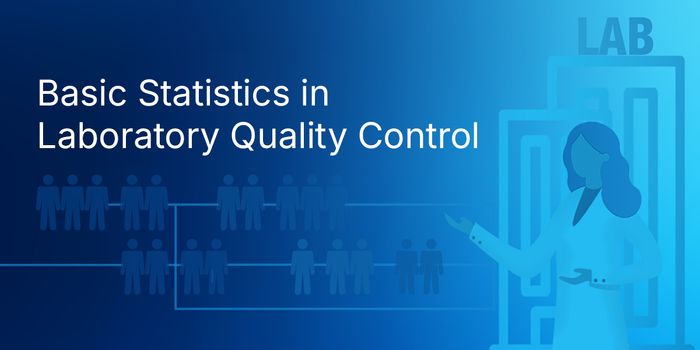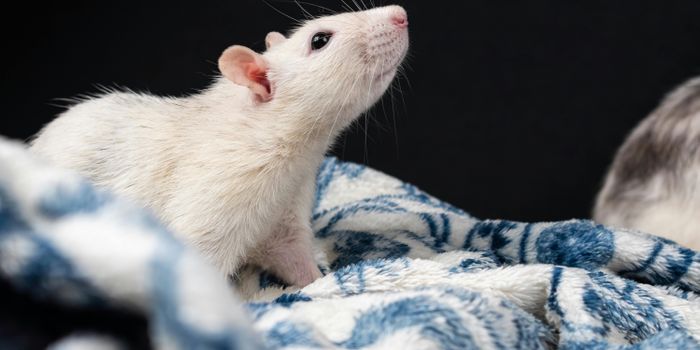Finding Ways to Treat 'Diabesity'
Being overweight can lead to a host of other conditions such as hypertension and heart disease. Obesity that leads to diabetes is now so prevalent that a new term has been coined for it. It's called "diabesity."
Scientists at the University of Colorado School of Medicine may have found a way to treat both diabetes and obesity in patients that struggle to stay at a healthy weight with good blood sugar control.
They found that an epigenetic modifier called histone deacetylase 11 (HDAC11) affects how the body produces energy. In any patient, there are two kinds of adipose tissue (fat.) Brown fat and white fat. White fat will store energy, but brown fat actually burns energy. Brown fat benefits the body, while white fat stores energy that the body cannot use. The team found that in a mouse model, deleting HDAC11 changes the composition of fat. Without the HDAC11 modifier, mice developed more brown fat than white. In addition, the white fat they did have began "beiging" and behaving more like brown fat. These findings are significant because, in order to maintain a healthy weight, cells have to expend energy, producing heat and burning off calories. Knowing how HDAC11 impacts this process could lead to drug therapies that target the body's own energy production and expenditure.
Rushita A. Bagchi, Ph.D. is a postdoctoral fellow at Colorado, in the laboratory of Timothy A. McKinsey, Ph.D., an associate professor of medicine in the Division of Cardiology. Bagchi is the first author of the study and along with McKinsey, works in the Consortium for Fibrosis Research & Translation. The program was started by the School of Medicine to research fibrotic diseases that can impact different organ systems. Dr. McKinsey explained, "The findings uncovered a druggable transcriptional pathway for regulation of energy expenditure, and thus suggest novel approaches for combating the global pandemics of obesity and diabetes based on HDAC11 inhibition. Through our investigation, we found that inhibiting HDAC11 increases energy expenditure, which highlights its potential as a target in obesity and metabolic disease therapeutic strategies. We now need to test the role of HDAC11 in large animal models of metabolic disease and in human cell systems as we attempt to translate these exciting findings to the clinic."
Figures from the CDC show that obesity rates are increasing. The latest states show that the prevalence of obesity in the United States is 39.8%, which is a new high. Some experts believe by the year 2040, more than half a billion adults worldwide will be affected by obesity, along with diabetes and other metabolic diseases. In the study, the mice who lacked HDAC11 did not become obese, did not develop insulin resistance and had no adverse effects of being fed a high-fat chow. Compared to typical mice, the animals without HDAC11 were protected, metabolically, from gaining weight and going down the path to diabetes and other health problems. See the video below to learn more.
Sources: JCl Insight, University of Colorado Anschutz Medical Campus, via Science Daily UPI









